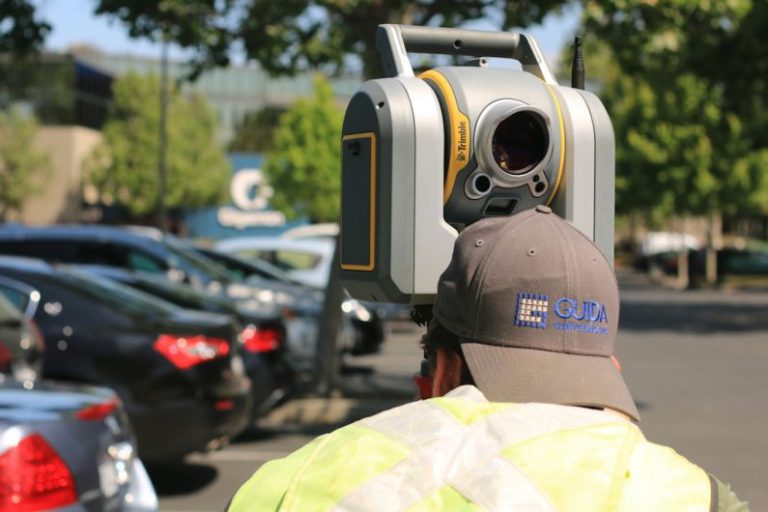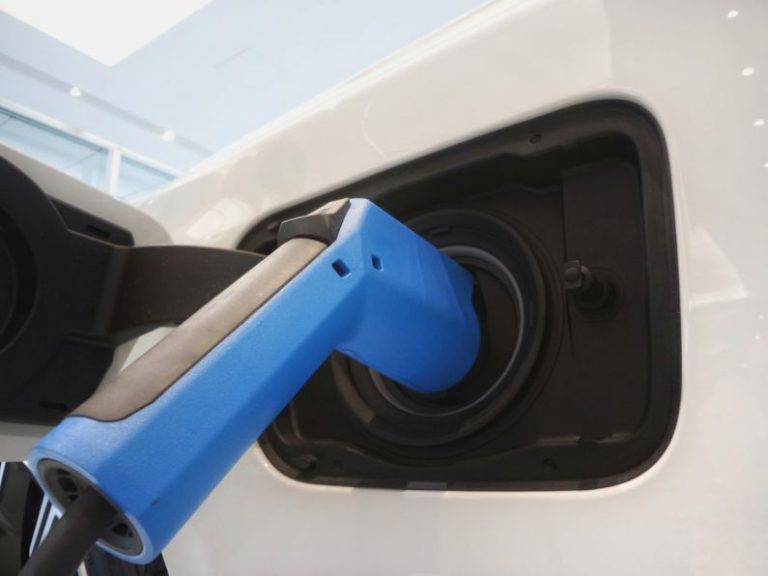Next-level Quality Control with Machine Learning in Retreading
**Next-level Quality Control with Machine Learning in Retreading**
Retreading, a process of giving a new life to worn-out tires by replacing the tread, is a cost-effective and environmentally friendly alternative to tire replacement. However, ensuring the quality and safety of retreaded tires is of utmost importance. This is where machine learning is revolutionizing the industry by providing next-level quality control solutions. By leveraging advanced algorithms and data analysis, machine learning is enhancing the accuracy and efficiency of retread tire inspection processes.
**Automated Defect Detection**
One of the primary applications of machine learning in retreading is automated defect detection. Traditional visual inspection methods are prone to human error and can be time-consuming. Machine learning algorithms can be trained to detect various defects such as tread separations, air pockets, and other irregularities with high accuracy. This not only improves the overall quality of retreaded tires but also speeds up the inspection process, leading to increased productivity.
**Predictive Maintenance**
Machine learning can also be utilized for predictive maintenance in retreading plants. By analyzing historical data and real-time sensor inputs, machine learning algorithms can predict potential equipment failures before they occur. This proactive approach helps in minimizing downtime and optimizing the production process. By implementing predictive maintenance strategies, retread tire manufacturers can improve operational efficiency and reduce maintenance costs.
**Quality Assurance**
Ensuring consistent quality across all retreaded tires is crucial for the reputation and reliability of retread tire manufacturers. Machine learning can be used to establish quality assurance protocols that standardize the retreading process and identify deviations from quality standards. By analyzing vast amounts of data, machine learning algorithms can detect patterns and anomalies that may indicate potential quality issues. This proactive approach to quality control helps in preventing defects and ensuring that every retreaded tire meets the required standards.
**Real-time Monitoring**
Real-time monitoring of the retreading process is essential for identifying and addressing issues as they occur. Machine learning can enable real-time monitoring by analyzing sensor data and production metrics in real-time. By setting up alerts and triggers based on predefined thresholds, machine learning algorithms can notify operators of any deviations from the norm. This proactive monitoring system helps in maintaining quality standards and preventing defects before they impact the final product.
**Optimization of Production Processes**
Machine learning can optimize production processes in retreading plants by analyzing production data and identifying areas for improvement. By using predictive analytics, machine learning algorithms can optimize production schedules, inventory management, and resource allocation. This data-driven approach helps in maximizing efficiency and reducing waste in the retreading process. By continuously analyzing production data, machine learning can suggest optimizations that lead to cost savings and improved overall performance.
**Enhanced Safety**
Safety is a top priority in the retreading industry, as the quality of retreaded tires directly impacts road safety. Machine learning can enhance safety by detecting potential defects and irregularities that may compromise the integrity of retreaded tires. By implementing automated defect detection systems, retread tire manufacturers can ensure that only high-quality tires are released into the market. This proactive approach to safety not only protects consumers but also enhances the reputation of retread tire manufacturers.
**Innovative Solutions for the Future**
Machine learning is driving innovation in the retreading industry by providing advanced quality control solutions that were previously unattainable. By leveraging the power of data and algorithms, retread tire manufacturers can ensure the quality, safety, and reliability of their products. As technology continues to evolve, machine learning will play a crucial role in shaping the future of retreading by enabling continuous improvement and innovation in quality control processes.
**Redefining Quality Control in Retreading**
Machine learning is redefining quality control in retreading by providing next-level solutions that enhance accuracy, efficiency, and safety. From automated defect detection to predictive maintenance and real-time monitoring, machine learning is transforming the way retread tire manufacturers ensure the quality of their products. By embracing this technology, retread tire manufacturers can stay ahead of the curve and deliver high-quality, reliable products to their customers. The future of retreading is bright, thanks to the innovative solutions that machine learning brings to the industry.






